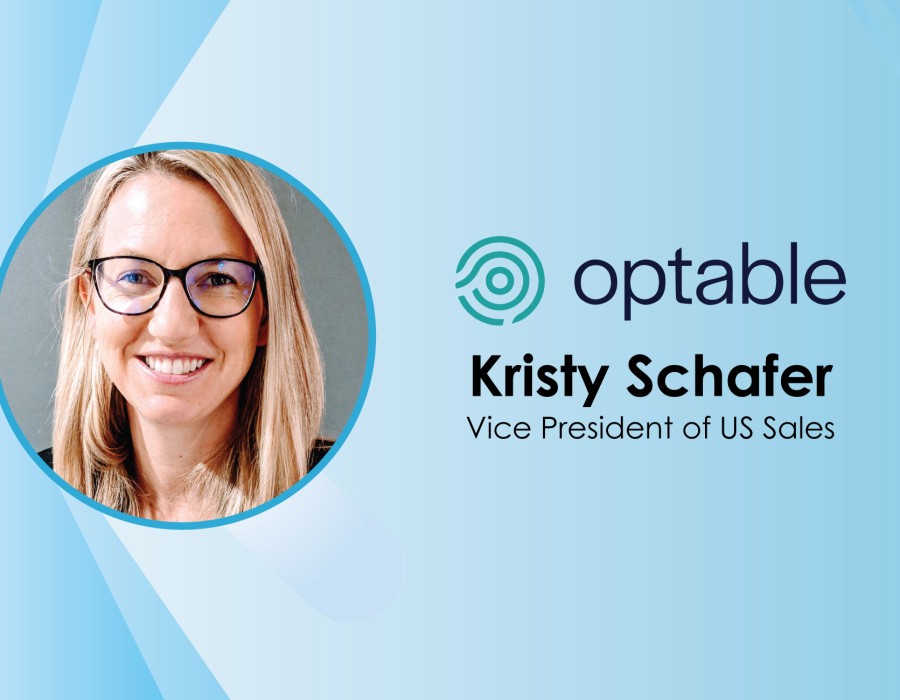
Kristy Schafer, Vice President of US Sales at Optable shares pointers on what B2B sales teams can do to drive impactful sales journeys in this SalesTechStar Interview:
__________
Hi Kristy, tell us about yourself and more about your journey in Sales.
I’ve spent the past 20 years in SaaS sales, specializing in data analytics and adtech. Starting with high-volume, low ACV sales at Meltwater, I progressed to complex enterprise deals at Google, Lattice Engines (acquired by Dun & Bradstreet), and Permutive. This journey demanded hard work, a consultative approach, and a deep understanding of buyer motivations. Plus, facing diverse sales cycles sharpened my negotiation skills and empathy along the way. For the last decade, I’ve managed teams running large enterprise sales cycles.
When it comes to ad sales and adtech sales: what works better than most based on your observations?
In adtech sales, I’ve learned that diving deep into the technical side pays off. Knowing how our solutions affect publishers, advertisers, or agencies is crucial. Building connections matters, but what really counts is showing our buyers how we can make their lives better.
Taking it a notch higher: when it comes to the overall B2B sales perspective; what should sellers do more of to build better sales journeys and drive more impact and conversions?
When it comes to sales, sometimes the simple things are the most important. For instance, taking the time to really understand your territory and focus on the accounts most likely to convert can make a big difference, even though it’s often overlooked. And here’s a reminder: the folks you’re selling to? They’re just regular people. Building relationships with them on a personal level can be super helpful for both the sales process and your own fulfillment.
Another thing I stress with my team is understanding what motivates everyone involved in the buying process. MEDDIC is a great framework for tracking critical criteria in the buying process. However, it’s just as important to understand motivations on the individual level in a buying team. That way, you can engage with them effectively and increase your chances of success. We break it down into different categories and roles, like understanding why the VP of Revenue might be on board versus what the CTO or CFO needs to see.
Read More: SalesTechStar Interview with Shaun Shirazian, Chief Product Officer at Pipedrive
Take us through some of the salestech you’ve relied on over the years to boost output…
In addition to the typical tech stack like CRM, I’ve found significant value in equipping the team with automation, sales intelligence, and revenue analytics tools. Sales Automation tools, such as Outreach and Salesloft, have been game changers in increasing our outreach while getting feedback on how engaged recipients are. However, it’s important to monitor their usage closely to prevent spamming and ensure their effectiveness.
Tools like Gong and Jimminy are like having a window into customer conversations. They help us all learn from each other, especially now that we’re working more remotely. Plus, they’re great for training because anyone can listen in and pick up tips.
Sales Intelligence tools like 6sense pinpoint in-market opportunities, guiding sales teams toward warmer prospects. However, we make sure to check the accuracy of predictive models by validating the Total Addressable Market (TAM) and available data signals.
Lastly, Revenue Analytics tools like Clari provide indispensable support for sales leaders, offering insights into deal progression, revenue forecasting, and alerts for critical pipeline issues. They serve as proactive guides for managing sales performance and achieving revenue targets.
What would you say are the three biggest challenges in modern sales today?
In B2B tech, there’s a lot of noise with numerous vendors vying for attention across different categories. This leads to a flood of marketing materials, from emails to content to events, bombarding potential buyers. As the buyer’s journey evolves, there’s a growing preference for thorough research before engaging in conversations. To adapt, marketing teams need to ensure that informative content is easily accessible on the company’s website. Failing to do so risks your solution being overlooked in the crowded market. Additionally, there’s added complexity due to market uncertainty and tightened budgets. Industries, especially adtech, are facing frozen decision-making processes and significant cuts in both personnel and operating costs. This makes it tougher to secure budgets and resources, slowing down project initiation.
Five of your favorite AI-powered salestech tools (and why they’ve made it to your top list).
Clari helps us look ahead by forecasting our pipeline 3-4 quarters out, which is extremely helpful for hitting our goals and making accurate predictions.
ChatGPT is like having a knowledgeable teammate who makes researching accounts a breeze, saving us time and effort in understanding our prospects’ challenges, revenue shifts, and key initiatives.
With Gong and Jimminy, we get insightful summaries of our calls, helping us spot important opportunities and challenges quickly.
And then there’s 6Sense, which not only predicts future outcomes with its AI models but also offers a range of other tools to make our sales strategies even more effective.






Comments